The biggest battles of the Russo-Ukrainian War
Kyiv, Mariupol, Kherson, and other Ukrainian cities have become battlegrounds for the nation's survival

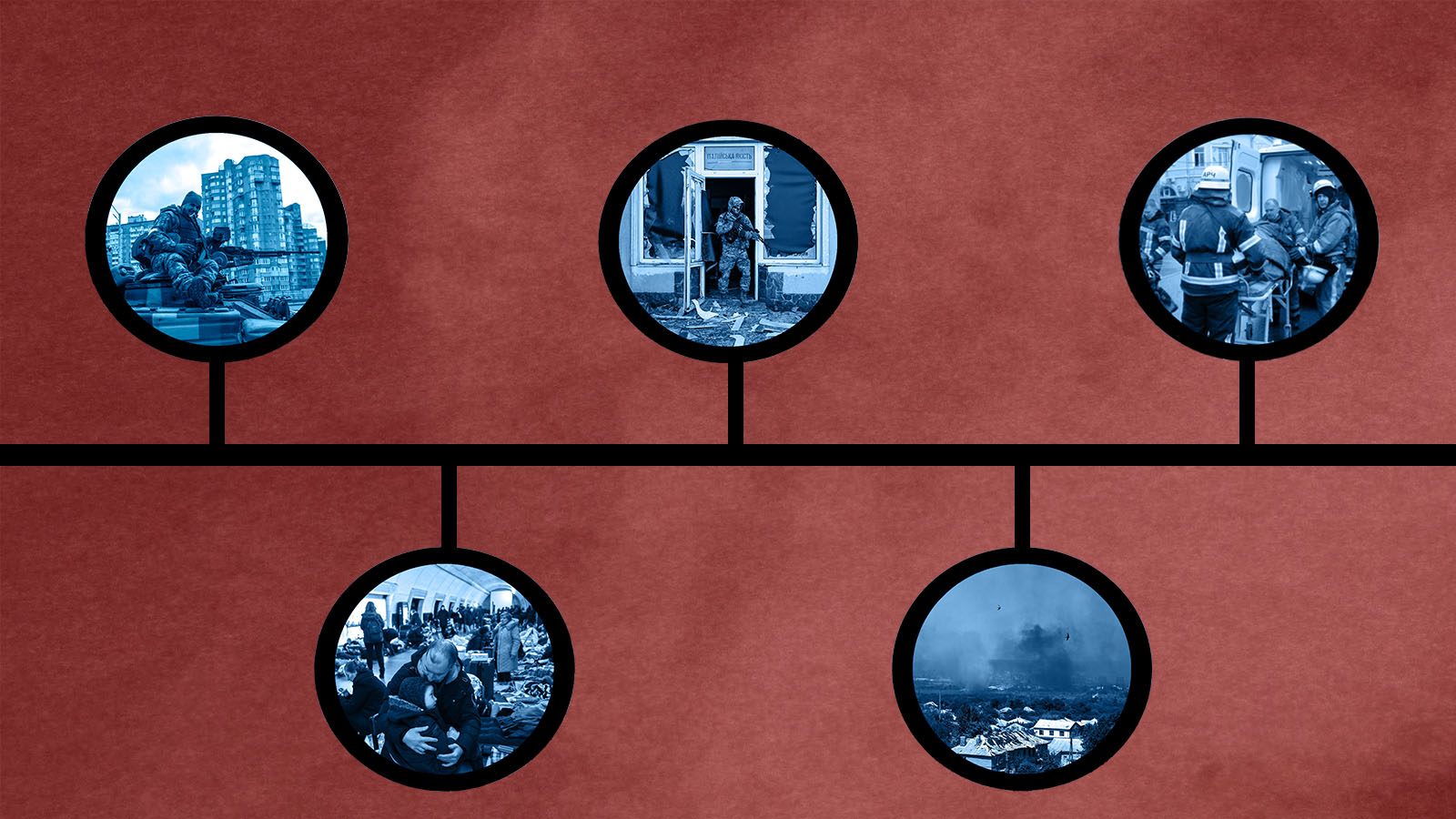
Russia is making slow, bloody progress in its campaign to capture Ukraine's eastern Donbas region. But Moscow's invasion of Ukraine was not popular in the country, and even many previously pro-Kremlin Ukrainians are outraged to see Russian forces and their allies flatten entire cities and commit war crimes against other Ukrainians.
In the areas of Ukraine that Russia has captured, violent and nonviolent resistance has blossomed. Here's what you need to know about Ukraine's partisan resistance and their guerrilla insurgency:
What is the resistance trying to accomplish?
Ukrainian partisans fill several roles, "from helping direct attacks on enemy forces in coordination with the Ukrainian military to posting leaflets on street corners to demoralize the occupiers," The New York Times reports. "They can be men pushing potato carts, or farmers, or a grandmother with a cellphone," along with the former soldiers you might more readily imagine as partisans, but their goal is always the same: "to make sure the enemy never feels safe."
The Week
Escape your echo chamber. Get the facts behind the news, plus analysis from multiple perspectives.

Sign up for The Week's Free Newsletters
From our morning news briefing to a weekly Good News Newsletter, get the best of The Week delivered directly to your inbox.
From our morning news briefing to a weekly Good News Newsletter, get the best of The Week delivered directly to your inbox.
"The idea is for the occupier to always feel the presence of the partisans and for them never to feel safe," Serhii Kuzan, head of the Ukrainian Center for Security and Cooperation think tank, tells The Guardian. "Recently, the partisan forces in Kharkiv, Zaporizhzhia, and Kherson regions carried out a coordinated sticker and flyer campaign against the so-called Russian world."
The support of the scouts, especially, can also "prove crucial, both in southern Ukraine where Russia has captured territory, and in the east where Ukraine finds itself outgunned and fighting to hold onto its land," the Times adds.
Where is the resistance active?
Melitopol, a strategic railway hub in Ukraine's southern Zaporizhzhia oblast that Russia captured on its third day of invasion, "is the unofficial capital of Ukraine's resistance," and has been since mid-March, The Economist reports. "But it is far from the only place that has seen such operations." Resistance has spread throughout the Russian-occupied territories.
"In neighboring Kherson, a Russian-controlled airbase has been blown up nearly two dozen times," The Economist elaborates. "In Enerhodar, Andrii Shevchyk, the collaborationist mayor, was the target of an unsuccessful assassination attempt. In Izium, hungry Russian soldiers were purportedly given spiked pies by a seemingly friendly old lady, according to a telephone conversation between a Russian soldier and his girlfriend that was intercepted by Ukrainian intelligence; eight of them reportedly ended up dead."
A free daily email with the biggest news stories of the day – and the best features from TheWeek.com
Have the partisans had any other successes?
Reports of new guerrilla attacks come in daily — a trash can bomb exploded near the Ministry of Internal Affairs in Melitopol on Sunday, for example, injuring four, separatist officials said. And late last week, partisan scouts discovered two Russian military outposts in Kherson region and passed the coordinates on to a nearby Ukrainian artillery unit, which "pulverized" one base, killing about 200 fighters based on observed body bags, then hit a resort complex near the mouth of the Dnipro River, "killing dozens of enemy soldiers, including two generals," the Times reports, citing senior Ukrainian officials.
And when it comes to the main goal of the resistance, "it's likely that Ukrainian partisan activity has affected the morale of Russian soldiers, close to 200 of whom have been victims of fatal knifings and shootings," Alexander Motyl, a historian and Ukraine expert at Rutgers who compiles reports of partisan attacks, writes in the journal 1945. "It's also likely that several assassinations of pro-Russian Ukrainian civilians have dampened the spirits of actual and potential collaborators."
Still, "the real impact of the partisan movement will be felt if it spreads to most of southern Ukraine, intensifies its efforts, and — most important — coordinates its activities with the counteroffensive the Ukrainian armed forces, bolstered by deliveries of western heavy weaponry, are expected to launch in late July or August," Moytl writes. "The Ukrainians expect their counter-offensive to be successful," and "if the guerrillas can strike the Russian lines from behind, while the army attacks from the front, the effect could be tantamount to an encirclement of the Russian armed forces."
Why don't these attacks get more attention?
"The subject is one of the murkiest of the war in Ukraine," The Guardian reports. "Both sides have an interest in exaggerating its prevalence: the Russians to justify crackdowns in areas they occupy and the Ukrainians to demoralize Russian troops." But Russia has also tried to downplay the strikes on its military forces. And it is difficult or impossible for Western news organizations to verify attacks by clandestine partisans behind Russian lines.
How big is the partisan resistance?
As might be expected with clandestine resistance, "the exact shape and size of the insurgency in southern Ukraine is unclear," the Times reports. "Also complicating the issue is assessing the extent to which attacks are being carried out by Ukrainian military sabotage groups or homegrown resistance groups," The Guardian adds.
But Ukrainian officials and outside analysts say the insurgency is growing. "It is, of course, possible that Ukrainian special forces may have been involved in some of these actions; it is also likely that the data are incomplete," Moytl writes. "Even so, the number of guerrilla actions is impressive and bespeaks a trend toward ever-greater partisan activity."
As Russia ramps up "abductions" of civilians to counter the insurgency, loots houses and businesses, and imposes other instruments of occupation on locals, "even those citizens who had a neutral attitude to the invaders in the beginning are starting to show dissatisfaction with the Russian occupation," Dmytro Orlov, the Ukrainian-recognized mayor of Enerhodar, wrote on Telegram.
And adding to grievances in occupied Ukraine, "Russia seems to be looking to Donetsk and Luhansk conscripts to make up for some of its own personnel limitations," the Financial Times reports, "with residents saying men with no military experience are regularly plucked from the streets and immediately sent to the front. The escalation, and rising casualty rates, have begun to spark anger even among pro-Russian communities."
Is the resistance organized?
Yes, it is coordinated by a unit of the Ukrainian armed forces called the Special Operations Forces (SSO), The Economist reports, citing a former operative in the unit. "The division was formed in 2015 after attempts at partisan activity failed disastrously in the early stages of the war in the Donbas," and "the work is split into three parts: military action, support operations, and psychological warfare."
"Say the task is to stop the enemy from moving more reserves to Melitopol," the former operative explains. "The SSO assigns special forces the task of blowing up a bridge, it asks partisans to damage the railway, and it gets psy-ops to print leaflets to say we're on the watch. So in the end, only half the troops dare to come."
Vladimir Zhemchugov, a trainer and former partisan organizer in Luhansk in 2014 and 2015, tells The Economist the current resistance is a mix of professional soldiers and volunteers, "60-40, in that order," with secret arms dumps, safe houses, and potential sympathizers sprinkled across Ukraine. Ukrainian authorities set up the bones of the insurgency in the hectic months before Russia's invasion, but some officials flipped sides, he added. "The security services and police proved to be our weakest link."
How has Russia responded?
Soon after the invasion, "Russia's security services appear to have got their hands on secret military databases," The Economist reports. "In Kherson, Russian officers are visiting the homes of Ukrainians who served in the army. Those who haven't managed to switch addresses are detained, beaten, tortured, or worse."
And "amid continuing attacks by insurgents, witnesses have described increasingly draconian efforts to find possible rebels," the Times adds. "All traffic in and out of Kherson to Ukrainian-controlled land is now closed, and those who do move around can face a maze of checkpoints, with occupation forces checking cellphones for hints of pro-Ukrainian sympathies."
"Naturally, the Russian authorities will try to crack down on and neutralize the guerrillas," writes Motyl, the Rutgers historian. But "inasmuch as the local populations are almost uniformly supportive of the Ukrainian resistance movement, the authorities are unlikely to succeed, certainly in the short term. In any case, whether successful or not, a crackdown will divert needed resources from the front to the rear, thereby aiding the Ukrainian war effort."
As Russia uses partisan attacks to justify their crackdowns, though, Ukraine's armed forces have "warned that Russian forces were preparing for a series of false-flag attacks in occupied regions on Russia Day, likely to accuse Ukrainian forces of conducting attacks against civilians, harm public perception of Ukrainian partisan activity, and galvanize pro-Russian sentiments," the Institute for the Study of War wrote Sunday.
How is Ukraine's government trying to help?
Along with any covert organizing by the SSO, Ukraine's government has set up a Center of National Resistance website that gives restive citizens in occupied territory instructions on how to wage guerrilla warfare, including setting up ambushes and how to react if arrested by pro-Russian forces. "In order to become an invisible avenger whom the occupiers will fear, it is necessary to know tactics, medicine, internet security, homemade weapons, and nonviolent actions," the site says. One example of what you might learn, the Times notes, is how to hot-wire a Soviet-era tank or other armored vehicle, step by step.
Grayson Quay was the weekend editor at TheWeek.com. His writing has also been published in National Review, the Pittsburgh Post-Gazette, Modern Age, The American Conservative, The Spectator World, and other outlets. Grayson earned his M.A. from Georgetown University in 2019.
-
 The Salt Path Scandal: an ‘excellent’ documentary
The Salt Path Scandal: an ‘excellent’ documentaryThe Week Recommends Sky film dives back into the literary controversy and reveals a ‘wealth of new details’
-
 AI griefbots create a computerized afterlife
AI griefbots create a computerized afterlifeUnder the Radar Some say the machines help people mourn; others are skeptical
-
 Sudoku hard: December 17, 2025
Sudoku hard: December 17, 2025The daily hard sudoku puzzle from The Week
-
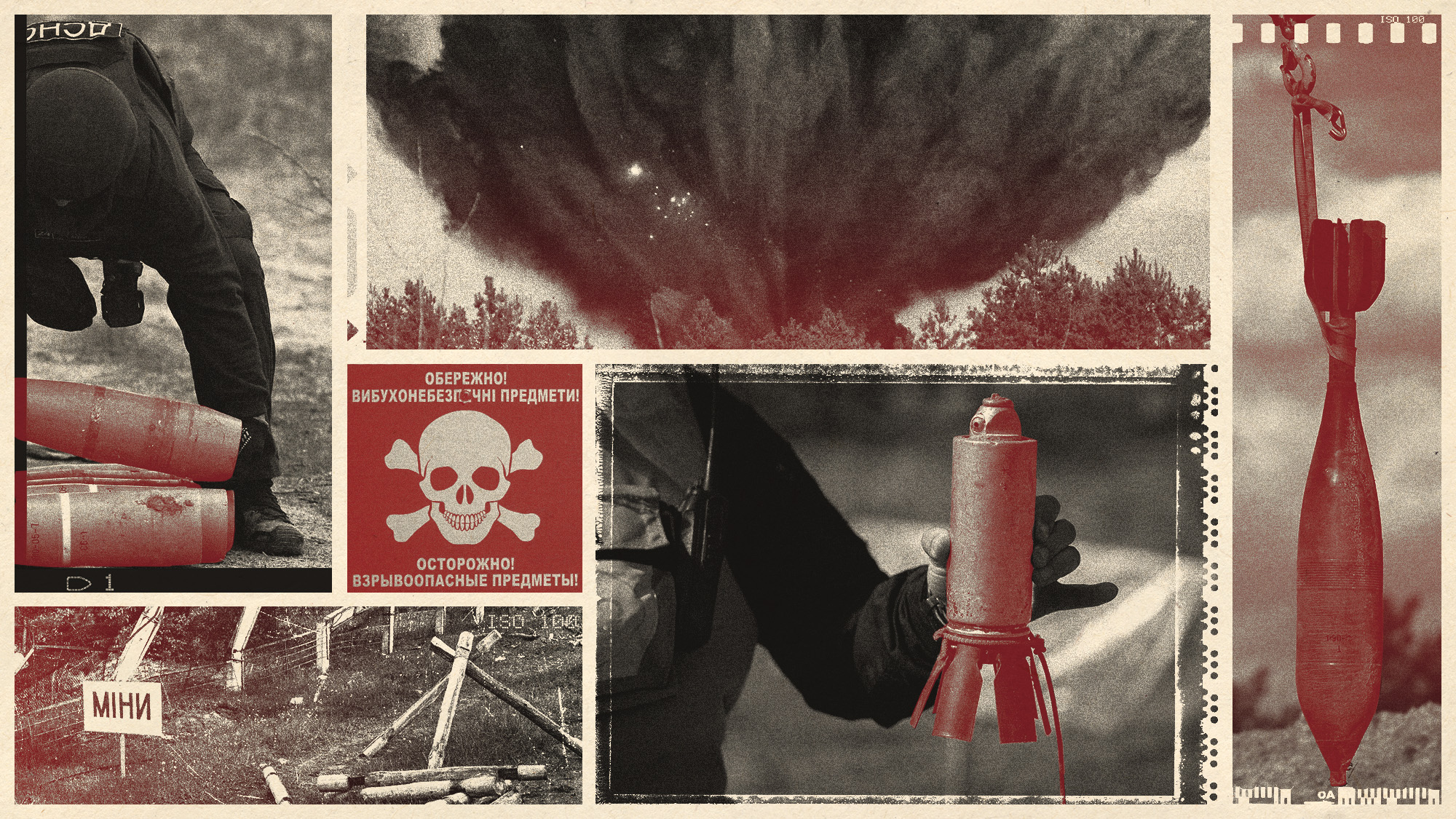 The mission to demine Ukraine
The mission to demine UkraineThe Explainer An estimated quarter of the nation – an area the size of England – is contaminated with landmines and unexploded shells from the war
-
 The secret lives of Russian saboteurs
The secret lives of Russian saboteursUnder The Radar Moscow is recruiting criminal agents to sow chaos and fear among its enemies
-
 Is the 'coalition of the willing' going to work?
Is the 'coalition of the willing' going to work?Today's Big Question PM's proposal for UK/French-led peacekeeping force in Ukraine provokes 'hostility' in Moscow and 'derision' in Washington
-
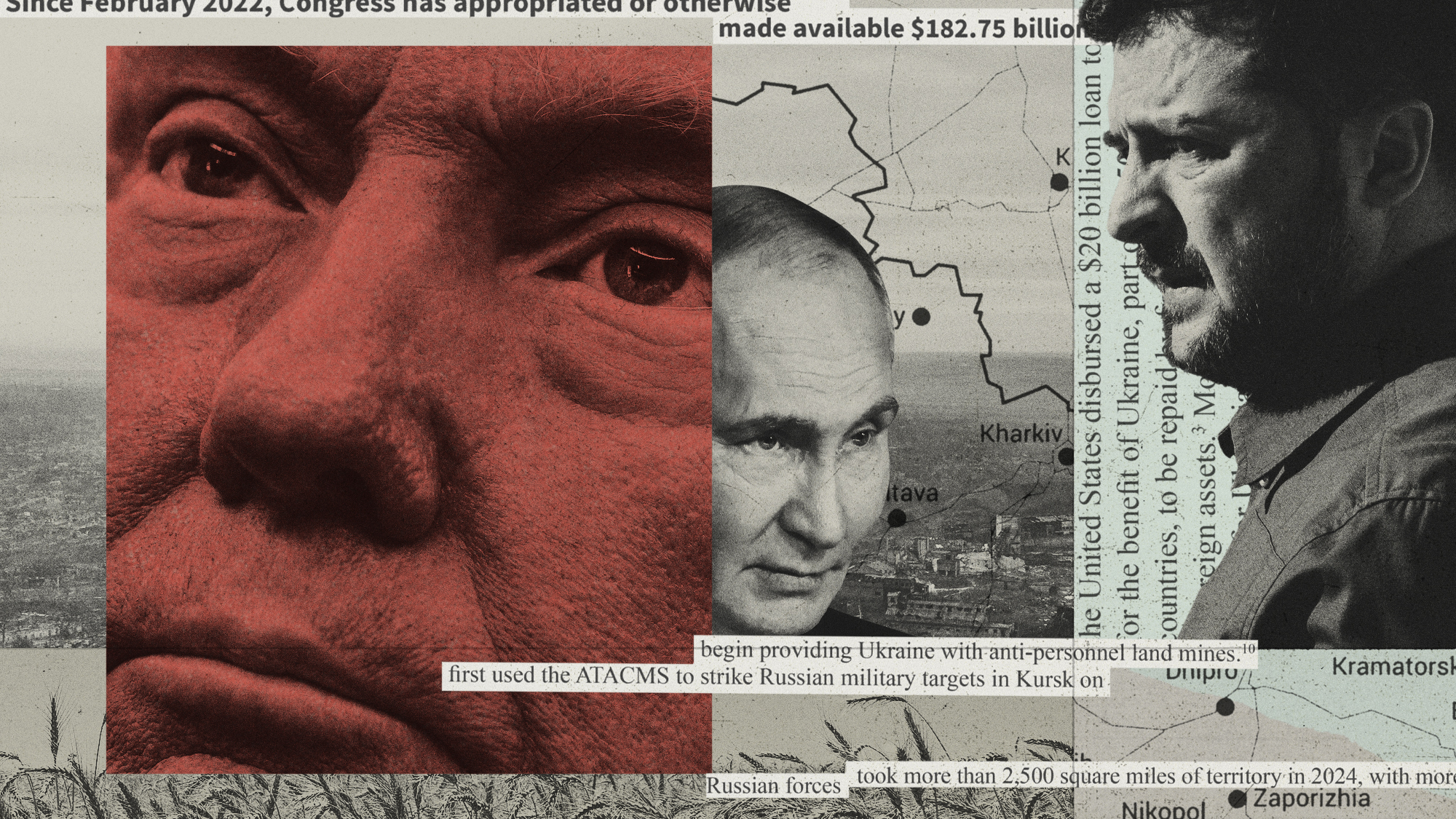 Ukraine: where do Trump's loyalties really lie?
Ukraine: where do Trump's loyalties really lie?Today's Big Question 'Extraordinary pivot' by US president – driven by personal, ideological and strategic factors – has 'upended decades of hawkish foreign policy toward Russia'
-
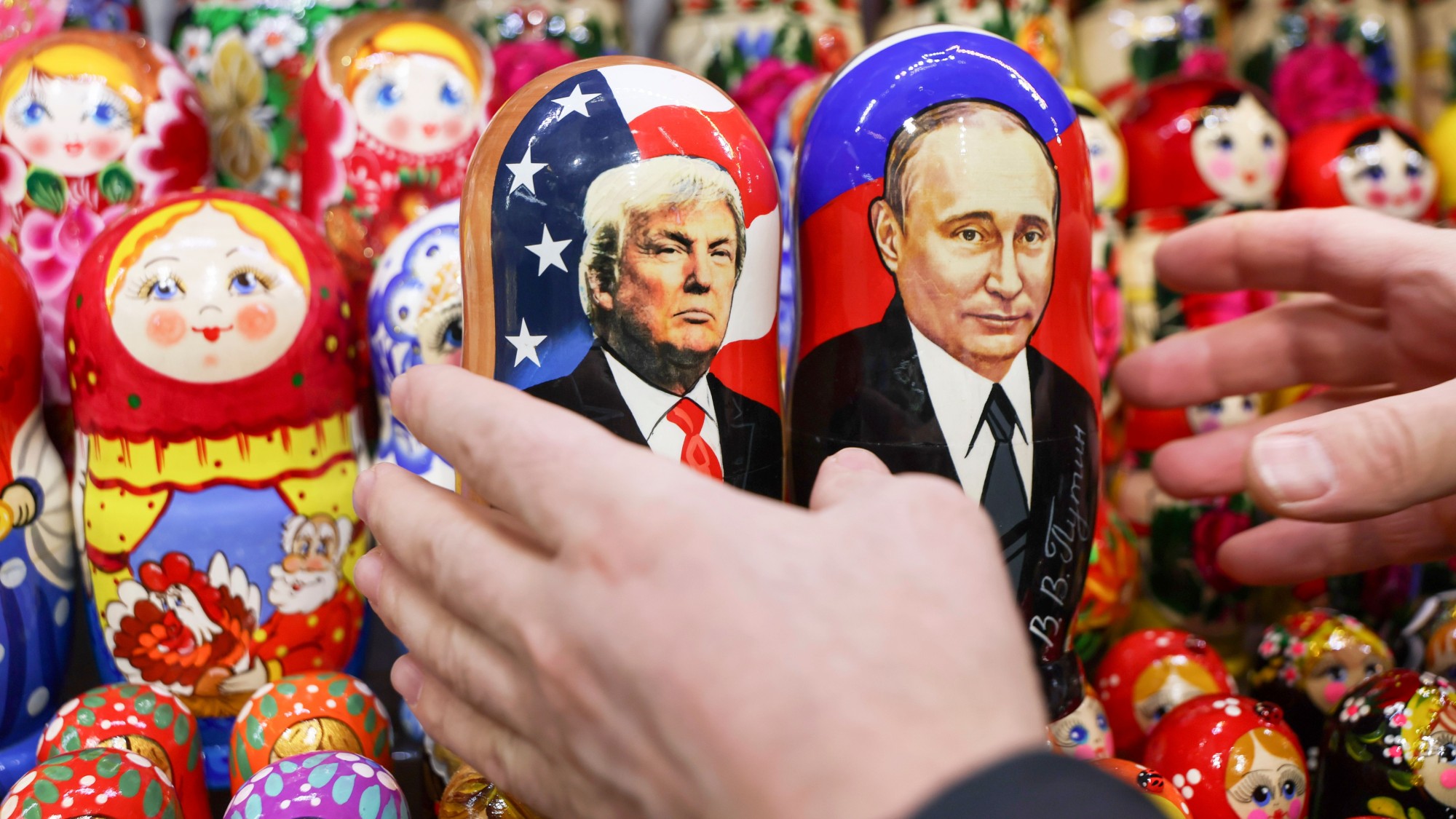 What will Trump-Putin Ukraine peace deal look like?
What will Trump-Putin Ukraine peace deal look like?Today's Big Question US president 'blindsides' European and UK leaders, indicating Ukraine must concede seized territory and forget about Nato membership
-
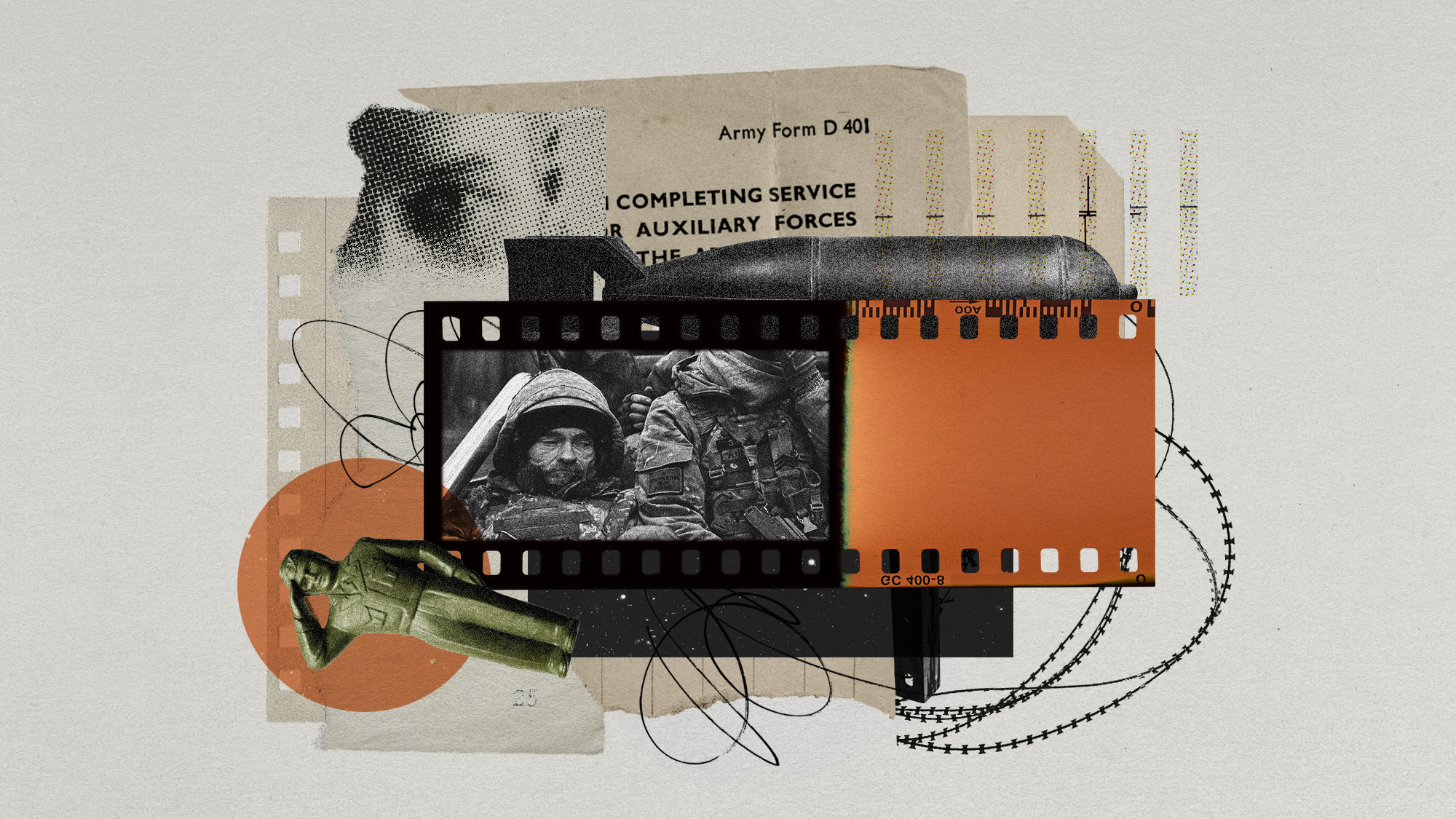 Ukraine's disappearing army
Ukraine's disappearing armyUnder the Radar Every day unwilling conscripts and disillusioned veterans are fleeing the front
-
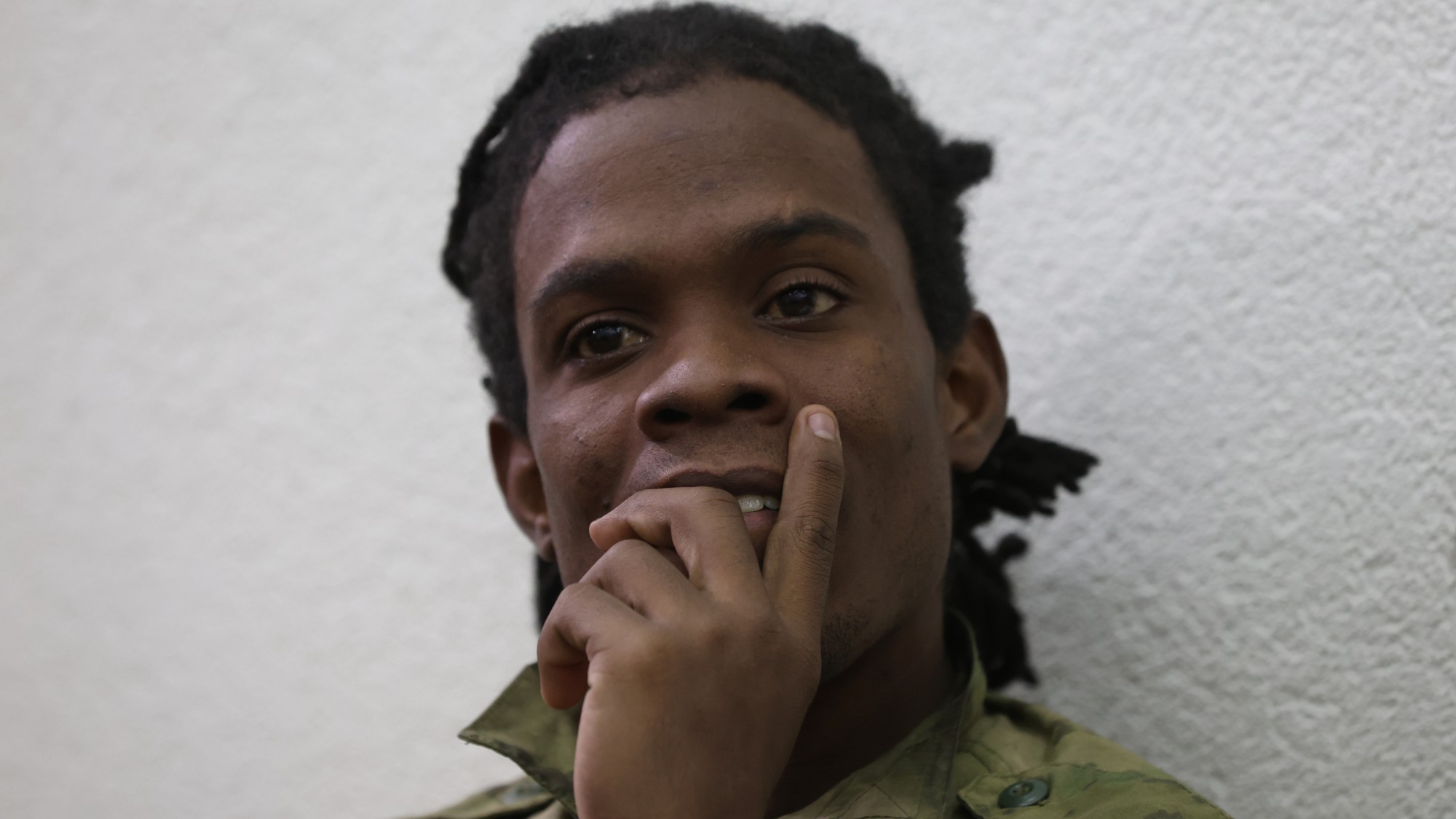 Cuba's mercenaries fighting against Ukraine
Cuba's mercenaries fighting against UkraineThe Explainer Young men lured by high salaries and Russian citizenship to enlist for a year are now trapped on front lines of war indefinitely
-
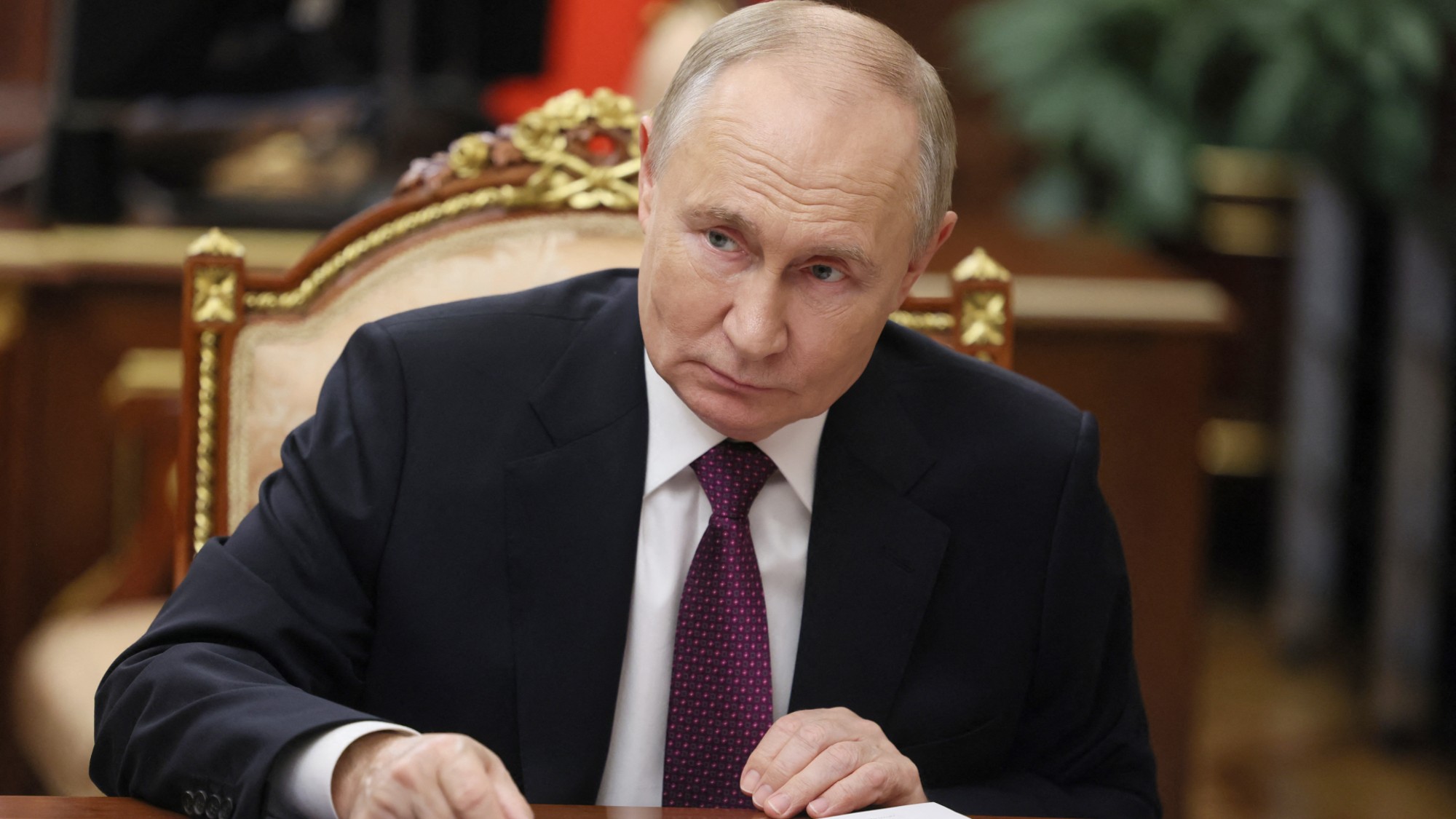 Ukraine-Russia: are both sides readying for nuclear war?
Ukraine-Russia: are both sides readying for nuclear war?Today's Big Question Putin changes doctrine to lower threshold for atomic weapons after Ukraine strikes with Western missiles
